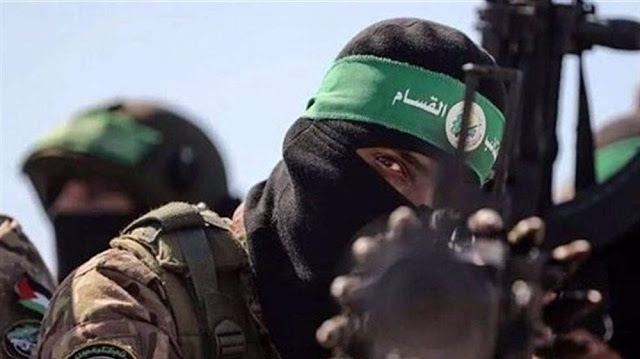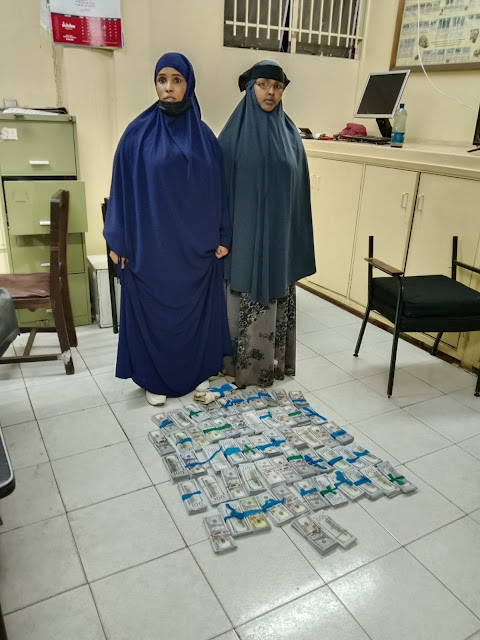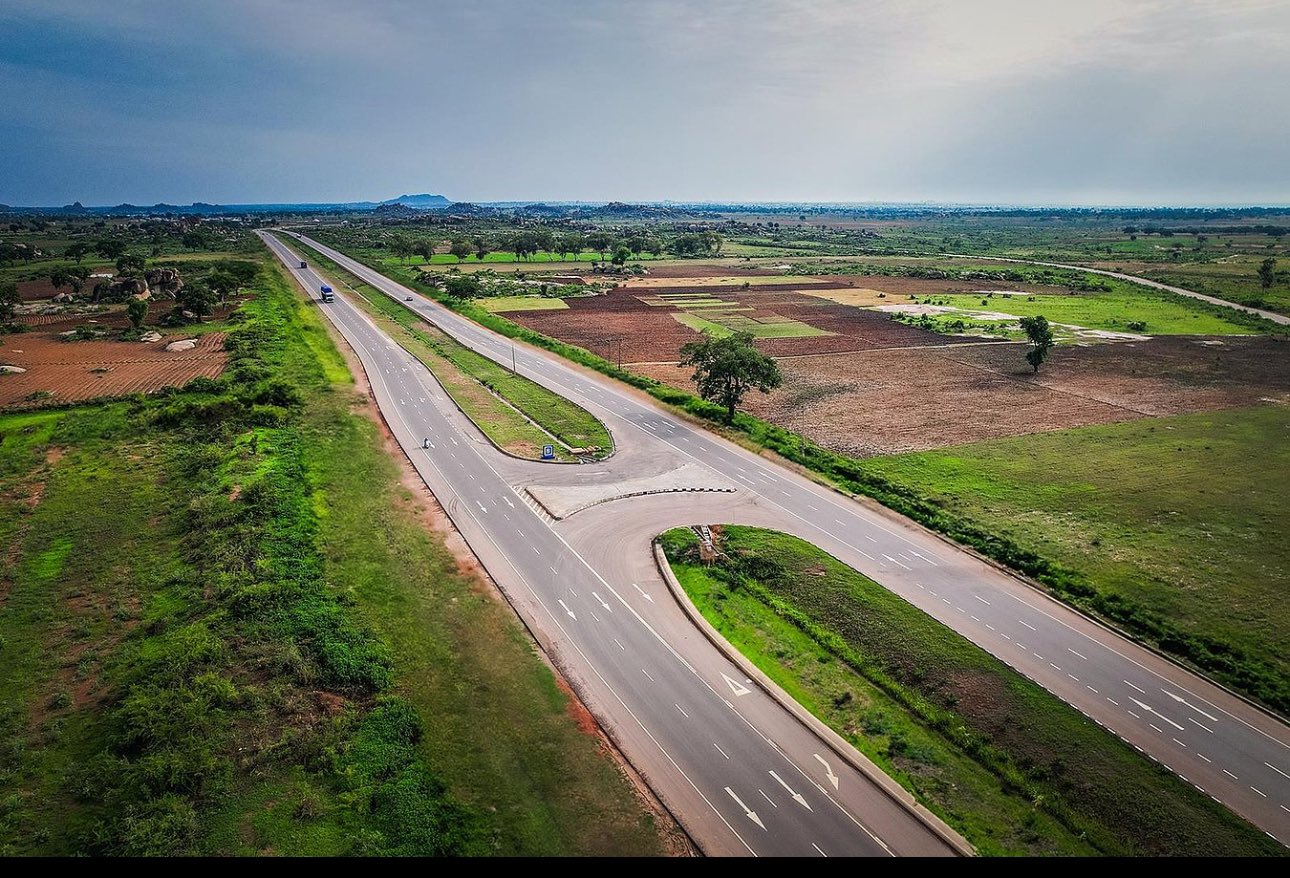In a series of bold and coordinated attacks, Palestinian resistance fighters have staged multiple ambushes against Israeli forces in Gaza City’s al-Zaytoun neighborhood, reportedly forcing the invaders to retreat while inflicting significant casualties.
File photo of the Gaza Strip’s resistance fighters
The clashes, which unfolded over four intense hours on Saturday, August 30, 2025, resulted in one Israeli soldier killed, 11 others injured, and four troops unaccounted for, according to various resistance media outlets. Described by Israeli media as “security incidents,” these ambushes mark a significant escalation in the ongoing conflict, highlighting the resilience and tactical prowess of Gaza’s resistance movements amid Israel’s aggressive military campaign in the region.
The Al-Zaytoun Ambushes: A Tactical Triumph
The al-Zaytoun neighborhood, a densely populated area in Gaza City, became the epicenter of fierce combat as resistance fighters launched a series of meticulously planned ambushes against Israeli forces. The clashes were characterized by intense gunfire directed at Israeli helicopter gunships hovering overhead, heavy shelling by resistance fighters throughout the neighborhood, and close-quarters combat that brought the fighters face-to-face with the invading troops. The ferocity of the attacks caught the Israeli forces off guard, leading to a chaotic withdrawal from the area.
According to reports from resistance media, the ambushes were strategically executed to exploit vulnerabilities in the Israeli military’s operations. The fighters targeted key positions, using a combination of small arms fire, improvised explosive devices, and coordinated assaults to maximize their impact. The engagement with Israeli helicopter gunships was particularly significant, as it demonstrated the resistance’s ability to challenge the technological superiority of the Israeli military. By engaging in close-quarters combat, the fighters showcased their determination to confront the invaders directly, even in the face of overwhelming firepower.
The human toll on the Israeli side was significant: one soldier was killed, and 11 others sustained injuries of varying severity. The fate of four missing Israeli troops remains unknown, with no new information provided by either Israeli or resistance sources at the time of reporting. This uncertainty has added to the sense of disarray within the Israeli military, as the loss of personnel and the inability to account for missing soldiers underscore the challenges faced by the forces in this volatile urban environment.
Broader Clashes Across Gaza
The al-Zaytoun ambushes were not isolated incidents but part of a broader wave of resistance activity across Gaza. Similar “security incidents” were reported in the al-Sabra neighborhood of Gaza City and in the southern city of Khan Younis. These clashes indicate a coordinated effort by Gaza’s resistance movements to counter Israel’s ongoing military operations across the Gaza Strip. The al-Sabra and Khan Younis engagements, while less detailed in available reports, suggest that the resistance is actively contesting Israeli advances in multiple fronts, stretching the military’s resources and complicating its strategic objectives.
The timing of these ambushes is particularly significant, as they come amid Israel’s intensified campaign to occupy Gaza City, the largest urban center in the Gaza Strip. Since October 2023, Israel has waged what has been described as a genocidal war against the Palestinian population in Gaza, characterized by relentless airstrikes, ground incursions, and a blockade that has exacerbated humanitarian suffering. The push to capture Gaza City represents the most ferocious phase of this campaign yet, with Israeli forces deploying significant resources to assert control over the city.
Resistance Retaliation and Israeli Military Challenges
In response to Israel’s aggressive offensive, Gaza’s resistance movements have escalated their retaliatory strikes, targeting Israeli forces with increasing sophistication and determination. The ambushes in al-Zaytoun, al-Sabra, and Khan Younis are emblematic of this shift, as the resistance leverages its knowledge of the local terrain and urban warfare tactics to challenge the Israeli military’s dominance. The declaration by the Israeli military that Gaza City is now “a dangerous combat zone” reflects the growing threat posed by the resistance and the difficulties faced by the Israeli forces in maintaining control.
A report by The New York Times published on Thursday, August 28, 2025, highlighted the mounting challenges facing the Israeli military in its Gaza campaign. The article noted that the forces are grappling with exhaustion and disillusionment, which have begun to undermine morale and operational effectiveness. These internal struggles, combined with the resistance’s relentless attacks, have “complicated” Israel’s assault on Gaza City, according to the report. The loss of personnel, coupled with the physical and psychological toll of prolonged combat, has strained the military’s capacity to sustain its operations in the face of determined opposition.
The resistance’s ability to stage such effective ambushes also points to a high level of coordination and resilience among Gaza’s various factions. Despite the immense pressure exerted by Israel’s military campaign, including the destruction of infrastructure and the displacement of civilians, the resistance has continued to adapt and innovate. The use of guerrilla tactics, combined with the ability to target advanced military assets like helicopter gunships, underscores the fighters’ determination to defend their territory at all costs.
International Condemnation and Civilian Suffering
Israel’s campaign in Gaza City has drawn widespread international condemnation due to its devastating impact on civilians. The push to capture the city has been marked by a blatant disregard for civilian lives, with reports of indiscriminate shelling, airstrikes, and forced displacements. Hundreds of thousands of Gaza City residents have been ordered to flee south at short notice, exacerbating an already dire humanitarian crisis. The forced displacement has left countless families without access to shelter, food, or medical care, as the southern Gaza Strip struggles to accommodate the influx of refugees.
Numerous countries and international organizations have voiced their opposition to Israel’s actions, calling for an immediate cessation of hostilities and the protection of civilian lives. Critics have accused the Israeli regime of pursuing its military objectives at an unacceptable human cost, with little regard for international humanitarian law. The targeting of densely populated areas like al-Zaytoun and al-Sabra has been particularly contentious, as these neighborhoods are home to thousands of civilians who have borne the brunt of the violence.
The international community’s response has been further galvanized by the scale of destruction in Gaza. Since the onset of the war in October 2023, the Gaza Strip has been subjected to relentless bombardment, resulting in thousands of civilian deaths and the near-total destruction of critical infrastructure, including hospitals, schools, and residential buildings. The blockade imposed by Israel has compounded the suffering, restricting access to essential supplies such as food, water, and medical resources. The forced displacement of Gaza City residents has been described as a humanitarian catastrophe, with aid agencies warning of the risk of famine and disease outbreaks in overcrowded southern areas.
The Broader Context: A War of Attrition
The clashes in al-Zaytoun and other parts of Gaza must be understood within the broader context of the ongoing war, which has been characterized by its brutality and asymmetry. Israel’s military campaign, launched in response to Palestinian resistance actions in October 2023, has been framed by the Israeli government as a necessary measure to ensure national security. However, the campaign’s disproportionate impact on civilians and its failure to achieve lasting strategic gains have drawn criticism from both regional and global actors.
For the Palestinian resistance, the ambushes in Gaza City represent a continuation of a long-standing struggle against occupation and oppression. The resistance movements, comprising various factions united by a common goal, have consistently demonstrated their ability to adapt to Israel’s military tactics. By engaging in urban warfare and targeting Israeli forces with precision, the resistance has sought to disrupt Israel’s plans to consolidate control over Gaza City and other parts of the territory.
The designation of Gaza City as a “dangerous combat zone” by the Israeli military is a tacit acknowledgment of the resistance’s effectiveness. It also reflects the growing recognition within Israel that the campaign in Gaza is unlikely to yield a decisive victory. The combination of fierce resistance, international condemnation, and internal military challenges has created a complex and volatile situation, with no clear resolution in sight.
The Human and Political Implications
The human toll of the conflict in Gaza City is staggering. Beyond the casualties among Israeli forces, the Palestinian population has suffered immensely, with thousands of civilians killed or injured since the war began. The destruction of homes, schools, and hospitals has left entire communities devastated, while the forced displacement of residents has created a humanitarian crisis of unprecedented scale. The ambushes in al-Zaytoun and other neighborhoods, while a tactical success for the resistance, have also intensified the violence in an already beleaguered city, further endangering civilian lives.
Politically, the conflict has deepened divisions both within the region and on the global stage. Israel’s actions have strained its relations with several countries, particularly those advocating for Palestinian rights and an end to the occupation. The international community’s calls for a ceasefire and a negotiated resolution have grown louder, but the lack of concrete action to halt the violence has fueled frustration among critics of Israel’s policies.
For the Palestinian resistance, the ambushes represent a powerful statement of defiance and resilience. By forcing Israeli troops to withdraw and inflicting significant casualties, the fighters have demonstrated their ability to challenge one of the region’s most powerful militaries. However, the cost of this resistance is high, as the intensified fighting has further destabilized Gaza and exacerbated the suffering of its people.
Looking Ahead: A Path to Resolution?
As the conflict in Gaza City continues to unfold, the prospects for a peaceful resolution remain uncertain. The ambushes in al-Zaytoun and other areas highlight the determination of the Palestinian resistance to defend their territory, but they also underscore the challenges of achieving a lasting solution in the face of overwhelming military and political obstacles. The international community’s response, while vocal, has yet to translate into meaningful action to address the root causes of the conflict, including the ongoing occupation and the blockade of Gaza.
For Israel, the setbacks in Gaza City raise questions about the sustainability of its military campaign. The exhaustion and disillusionment reported among Israeli forces, combined with the resistance’s ability to mount effective counterattacks, suggest that the goal of capturing and holding Gaza City may be more elusive than anticipated. The designation of the city as a “dangerous combat zone” could also signal a shift in strategy, as Israel grapples with the realities of urban warfare and the resilience of its adversaries.
For the people of Gaza, the immediate priority is survival. The forced displacement, destruction of infrastructure, and loss of life have created a humanitarian crisis that demands urgent attention. International aid agencies, governments, and organizations must work together to provide relief to those affected and to advocate for an end to the violence. A lasting resolution will require addressing the underlying issues of occupation, inequality, and injustice that have fueled the conflict for decades.
In conclusion, the ambushes in al-Zaytoun and other parts of Gaza City represent a pivotal moment in the ongoing war between Israel and the Palestinian resistance. The courage and tactical acumen displayed by the resistance fighters have disrupted Israel’s plans and highlighted the complexities of the conflict. However, the human cost of these clashes, combined with the broader devastation in Gaza, underscores the urgent need for a just and sustainable resolution. As the world watches, the events in Gaza City serve as a stark reminder of the stakes involved and the imperative to prioritize peace and humanity above all else.






